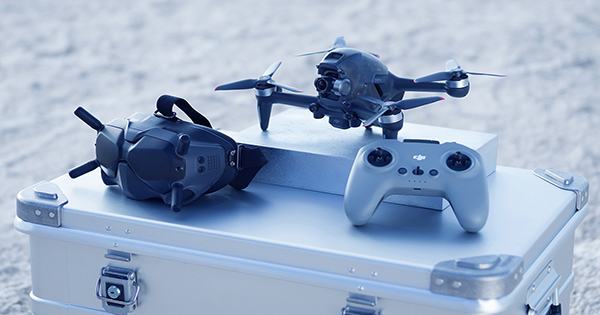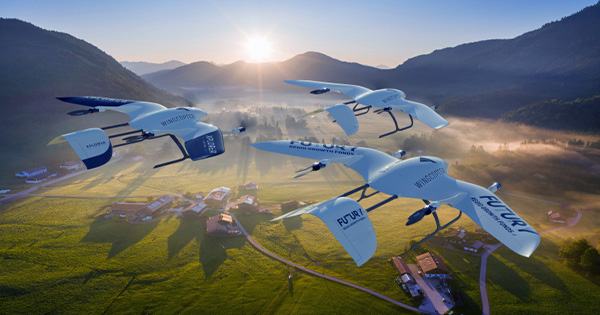Exyn Technologies announced Tuesday that it has achieved what it considers to be the highest level of air autonomy it has reached in the industry.
The key to this achievement is that Exyn drones prevent GPS signal loss, which means all spatial and mapping computations are done onboard, the company said. According to Exxon’s definition of autonomy, which is based on the same standards applied to motor vehicles, the company’s drones have achieved autonomy at Level 4. This means that according to Exxon, drones are able to explore a designated 3D region without a remote operator in the backseat.

Exyn’s achievement is a big step from the previous level 3 of autonomy, where a person needs to be present to potentially take responsibility, something that prevents drones from entering space without a signal. The Level 3 Aerial Autonomous Landscape is also defined by point-to-point navigation, where an operator leaves a sequence of positions for a robot to see and the robot tries its best to get there. Xwing’s self-flying utility aircraft will operate at this level following a certain level of path when starting autonomous aviation.
However, in real-life use, the operator may not have an intimate knowledge of the operating environment, and the robot may not be able to access existing maps to know and report its movements. “We’ve created an autonomous system that can get you into a dark, dirty, dangerous environment,” Jason Derenick, Exxon’s CTO, told TechCrunch. “Put it on the brink of danger and send it to gather the information you need. Often the information you need is out of sight, both in terms of communication as well as visual.
Exyn’s drones are given a capability that the company calls “scoutaunomy”, which defines a “bounding box volume” around which the drone can fly. Using leader sensors, the drone can detect volume between explored and undiscovered locations to self-navigate and create an accurate, high-resolution map of the location. Drones, which are hardware-agonistic, can carry additional sensors that collect more information to integrate into maps. Nader Elm, CEO of Exyn Technologies, told Elm TechCrunch, “Think about creating a three-dimensional map and then drag RGB-related information from the camera to the top, so now you’ve got an optical 3D representation of the space.” “If we carry heat and humidity sensors, get radiological readings, get gas readings, do ventilation tests, etc., it’s going to be a very rich dataset that doesn’t currently have underground mining.”















